Did you know that some small businesses are experiencing a 1,000% increase in engagement through video marketing? That’s right, the power of storytelling through video is transforming industries and captivating audiences like never before.
With digital consumption skyrocketing, brands must adapt to the digital-first era or risk being left behind. Video marketing is not just a trend; it's a vital strategy for thriving in a competitive market.
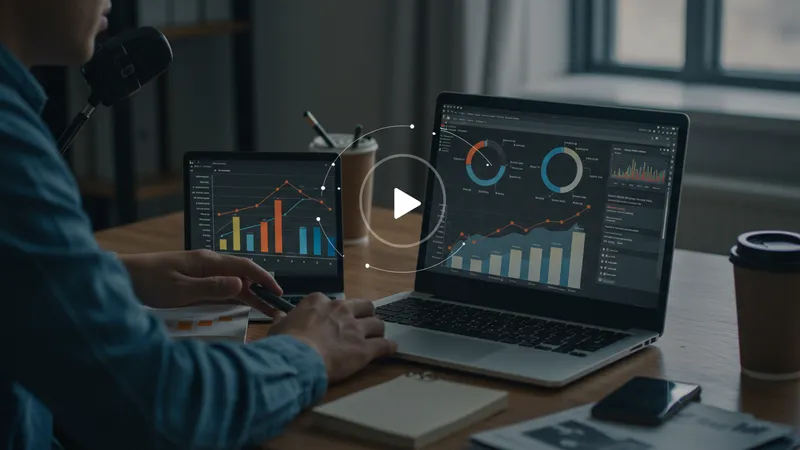
What if I told you that businesses often underestimate the impact of video on sales, resulting in millions of missed opportunities? Video marketing isn't just about catchy visuals—it's a calculated science. Many companies, focusing solely on content quality, overlook fundamental principles of consumer psychology embedded in video marketing. But that’s not even the wildest part…
Remarkably, some brands have learned to harness this power, yet others remain oblivious. The secrets of successful video content are far more intricate than they seem. Imagine a video that can lure consumers in with unseen forces, cleverly embedded in pixels and play buttons. Yet, the true art remains hidden to most…
So, what happens next shocked even the experts, unraveling mysteries that keep marketers on their toes, and forever altering how they perceive the user engagement landscape.
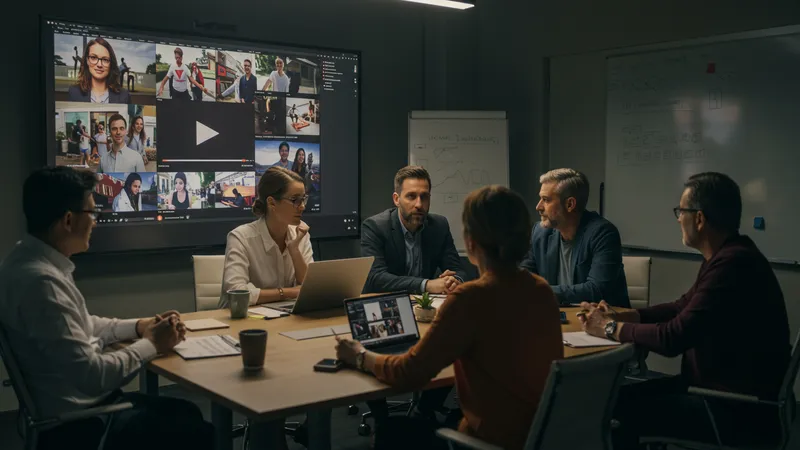
Engagement—a word often tossed around in marketing meetings, but how many truly understand its depths? Video marketing amplifies this concept beyond basic likes or shares. The unexpected detail lies in the human brain's wiring: our neural circuits are hardwired to respond more vigorously to moving images over text. Video doesn't just inform; it connects on a primal level.
Consider this: videos hold the viewer's attention 60% more effectively than traditional text. Understanding this can lead to tailored strategies where the message doesn't get lost but instead reinforces brand identity. But there’s one more twist—how different generations interact with video marketing complicates matters even further.
The generational gap presents a unique challenge. Millennials and Gen Z may embrace short-form content with open arms, yet Gen X and Boomers often prefer detailed narratives within videos. This cultural divergence offers a lesson in adaptability for marketers—a reminder that knowing your audience means knowing what form works best for which demographic.
Surprisingly, a majority of marketers focus on generating more video content rather than improving the quality of engagement. It’s quality, not quantity, that leads to deeper brand-customer connections. What you read next might change how you see this forever.
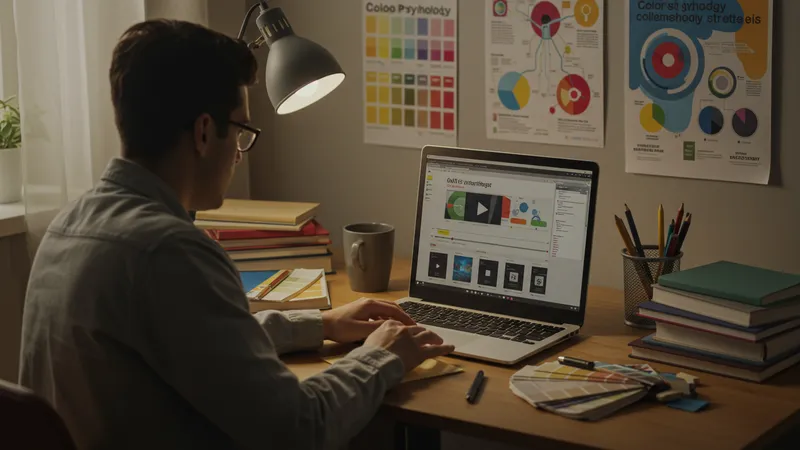
Ever wonder how some videos effortlessly capture your attention? It’s not by chance—psychology plays a profound role. Understanding viewer psychology is akin to unlocking the secret door in video marketing. The mere application of psychological cues can double viewer retention without altering content length.
One remarkable insider tip is the use of color psychology. Colors evoke emotions, and using the right hues can transform a viewer's mood, subtly influencing their decision-making process. Bright colors like red and yellow can grab attention, while blues and greens evoke trust. Such knowledge isn’t mere decoration; it’s a calculated maneuver.
Another tool in the psychological toolkit is FOMO—Fear Of Missing Out. By crafting narratives around exclusivity and fleeting opportunities, videos can create urgency, propelling the audience towards immediate action. When utilized effectively, this can drastically increase conversion rates.
But there’s more—hidden patterns in video lengths and pacing cater to the subconscious, fostering a sense of comfort or urgency as needed. This leverage changes the landscape and is often the difference between a viewer’s click to buy or scroll past.

Many businesses dive into video marketing without realizing the hidden costs that lurk beneath. Hiring professionals or investing in high-end gear can run bills up into the thousands. These aren’t the operational costs you foresee; they’re the nuances, like licensing music or compensating voiceover artists, that take a bigger toll.
Beyond the visible expenses, consider the cost of time—meticulously planning, scripting, and implementing video edits can derail schedules. To mitigate these, leveraging platforms that offer templates and automated tools is crucial, like synthetic voice generators or ready-made storyboards that trim production time significantly.
Still, businesses often ignore subtler financial drains like the bandwidth fees for hosting. It’s surprising how these can snowball, particularly when videos go viral. Plus, don’t overlook post-launch costs such as analytics solutions to measure engagement—a vital investment that can guide future strategies.
Yet, amidst these expenses lies opportunity; knowing where to cut costs without cutting corners can be transformative. And what if I told you there’s a game-changing alternative to these traditional cost barriers? Continue to discover more.

Artificial intelligence may sound like a buzzword, but its impact on video marketing is anything but ordinary. AI is reshaping content creation, automating the most tedious tasks, and delivering hyper-personalized content to audiences. This is more than just a technological wave; it's a revolution shaking the very foundation of marketing strategies.
Machine learning algorithms analyze user behavior, tailoring video recommendations that suit viewer preferences in real-time. This level of personalization boosts retention and engagement, effectively making viewers feel understood and valued. The result? Enhanced customer loyalty and conversion rates.
Think of AI tools that can create content from scratch—without any human input. Sounds too futuristic, right? Yet, that future is here. AI-driven platforms can script, edit, and produce quality videos, cutting production times in half and eliminating human error. Imagine what that means for scaling businesses!
And the innovation doesn't stop there. Predictive analytics offer insights into what type of video content will succeed before it’s even created, guiding content strategies using data rather than guesswork. What you learn next could redefine your approach.

Let’s take a moment to reflect: traditional advertising methods like print and radio, though effective in their time, now pale in comparison to the reach and impact of video marketing. The shift didn't happen overnight—it’s the culmination of technological evolution and shifting consumer expectations.
Video marketing, with its dynamic storytelling capabilities, offers a richness and depth that static ads can't match. Consumers today aren’t just looking for products; they’re seeking experiences. And what medium better nurtures immersive experiences than video?
Nevertheless, transitioning from traditional to video marketing isn’t without its challenges. Many businesses worry about stretching budgets or learning new technologies. What they often fail to consider, though, is the long-term return on investment where a single viral video can elevate a brand overnight.
But why exactly has video marketing eclipsed older methods with such fervor? The answer lies in something fundamental—our constantly evolving digital landscape, where consumer trust is earned through engaging and relevant content. Find out how to capitalize on these shifts.
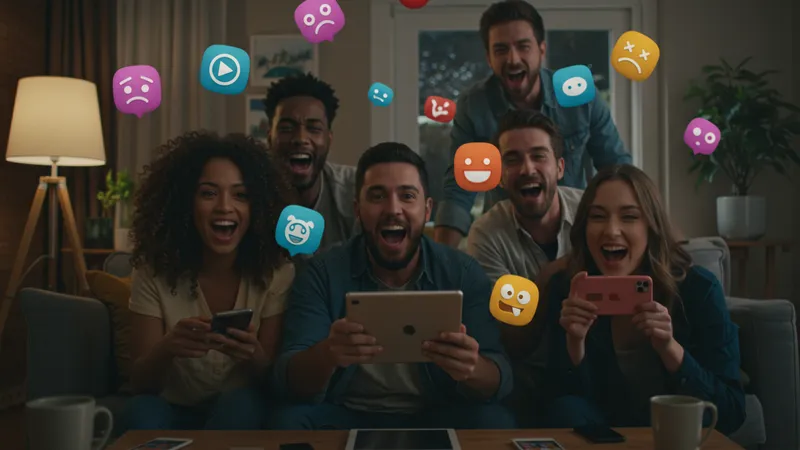
Creating a viral video is the dream of every marketer, yet achieving it remains an elusive art for many. But what if I told you it wasn’t just about luck? There's a blueprint—and it's more scientific than you might think.
The anatomy of a viral video often begins with relatability. Audiences crave content that resonates with them. This connection evokes emotion, often humor or empathy, which compels viewers to share it within their circles, igniting the viral flame.
Another key factor is timing—capturing cultural or social moments when they are peaking is pivotal. It’s about being in the right place at the right time, and this requires a keen eye on trends and a quick turnaround in content creation.
However, one secret above all governs virality: a call to action that feels organic rather than forced. When executed expertly, it not only propels shares but also drives meaningful engagement. Uncover more secrets that could be the missing link in your strategy.
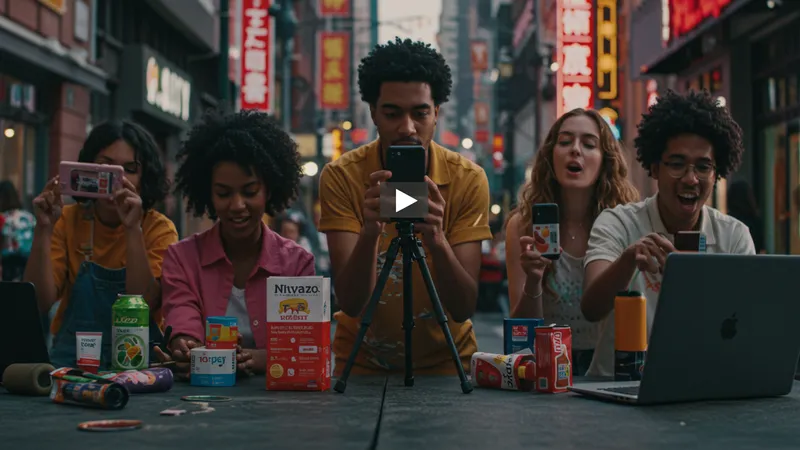
User-generated content is revolutionizing video marketing by transforming consumers into brand advocates. It’s a shift in power dynamics where consumers genuinely contribute to marketing efforts through their creations, empowered by the accessibility of video tools.
Harnessing this phenomenon involves more than just asking followers to tag your brand or partake in challenges. It requires curating community-driven content that not only features but enhances the brand’s message, thereby creating a cycle of trust and loyalty.
When brands celebrate user participation, they inject authenticity into their campaigns—something polished ads often lack. Consider how embedding genuine testimonials within videos can accelerate trust and tip hesitant consumers towards purchase decisions.
Moreover, there’s another layer to this strategy: giving credit. Recognizing contributors can enhance brand perception and foster a sense of belonging. It's the grassroots movement marketers didn't know they needed. Discover more on riding this wave.

Live streaming's explosive rise in video marketing is redefining how brands connect with audiences in real-time. It offers an unfiltered, genuine interaction that pre-recorded content struggles to match, bringing immediacy and authenticity back to the forefront.
Platforms like Instagram Live and YouTube Live have lowered barriers to entry, making it easier for brands to share behind-the-scenes moments, product launches, and collaborate with influencers. This transparency builds a unique rapport, often translating into brand loyalty.
But the effectiveness of live streaming hinges on preparation. Capturing an audience’s interest involves strategizing content delivery—ensuring that the broadcast is engaging and filled with value, yet fluid enough to allow spontaneous interaction with the audience.
Interestingly, the appeal of live streaming goes beyond visibility—it emphasizes community, encouraging viewers to become active participants rather than passive observers. What’s next for live streaming might just be its most intriguing phase yet.

As the video marketing landscape becomes saturated, standing out isn't easy. Video SEO is pivotal, ensuring that content ranks higher in search engines and reaches targeted audiences efficiently. But it’s more than just using the right keywords.
Attributes like video length, keywords in titles, descriptions, and tags play a critical role in SEO. Engaging thumbnails serve as visual appetizers that entice clicks, while transcripts make content accessible to wider audiences and boost discoverability.
But did you know that captions improve viewer retention by 15%? This alone highlights an often-overlooked aspect of video SEO—enhancing viewer experience alongside optimization efforts. Furthermore, precise metadata turns passive clicks into engaged watches.
To stay competitive, marketers must continually evolve SEO tactics with the ever-shifting algorithm landscape. What comes next will redefine strategies, ensuring that video content not only captivates but cuts through noise with incredible precision.
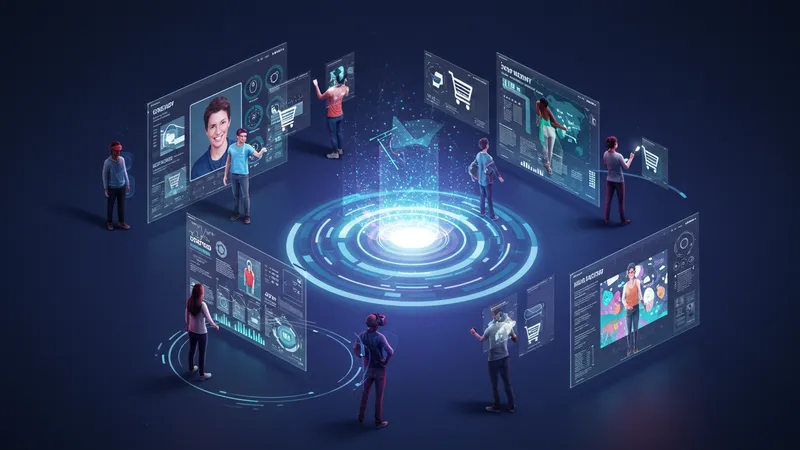
The pace at which video marketing is evolving is nothing short of staggering. Emerging technologies like augmented reality (AR) and virtual reality (VR) are set to alter the terrain, propelling audience engagement to unprecedented heights through immersive experiences.
Brands experimenting with AR enhance product interactions online, allowing consumers to visualize items in their personal space before purchasing. This isn't just convenience—it's revolutionizing online shopping and consumer confidence levels.
Similarly, VR creates entirely new platforms for storytelling. Imagine sitting front row for virtual concerts or test-driving cars without leaving your sofa. These advancements aren’t speculative; they are unraveled today, forming the foundation for tomorrow’s marketing strategies.
While digital evolution appears unending, its trajectory offers tantalizing opportunities. Anticipating these trends can position brands at the forefront, capturing the imaginations of their audiences like never before. But what if the end was merely the beginning of even greater insights?
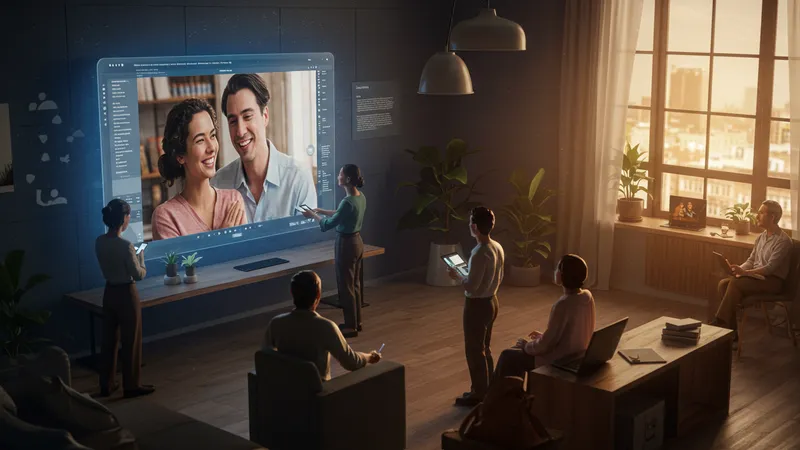
Despite technological innovations, the essence of marketing remains undeniably human. Video marketing thrives on storytelling—a tradition as old as humanity itself. The digital age might have ushered in new formats, but the fundamental craft of connecting with narratives persists.
Successful marketers recognize that beyond algorithms and analytics exists the emotional resonance of a well-told story. It isn't about pixels or bandwidth; it’s the heartbeat of genuine communication that captivates. This is where video marketing diverges from the transactional to the experiential.
Addressing the challenge: injecting human touch into digital interactions requires authenticity and compassion, ensuring that technology serves the message, not the other way around. This approach builds the vital trust that consumers seek, amid the digital noise.
Ultimately, integrating the human element isn't just wise—it’s necessary. As the digital future unfurls, keeping this essence alive ensures connections stay genuine and impactful. As we conclude, there’s yet more to learn, digest, and apply in this ever-evolving story.
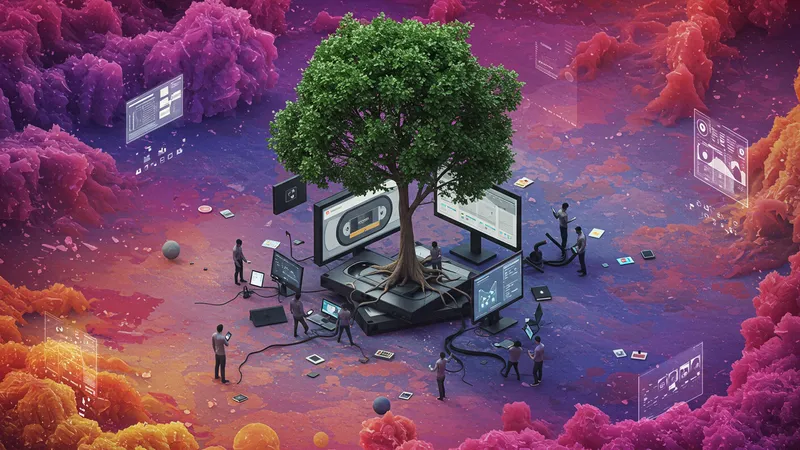
As we navigate the vibrant and ever-changing world of video marketing, the final takeaway is clear: adaptability is crucial. Every twist and turn in technological advancements and consumer preferences presents new opportunities. Yet, embedding the timeless art of storytelling ensures that amidst change, emotional connections remain unshakable.
So what will you do with these revelations? Bookmark this journey and begin crafting your own stories that compel, engage, and thrive in the digital realm. Share these insights and join the conversation—after all, the narrative of video marketing is one we all help to write.